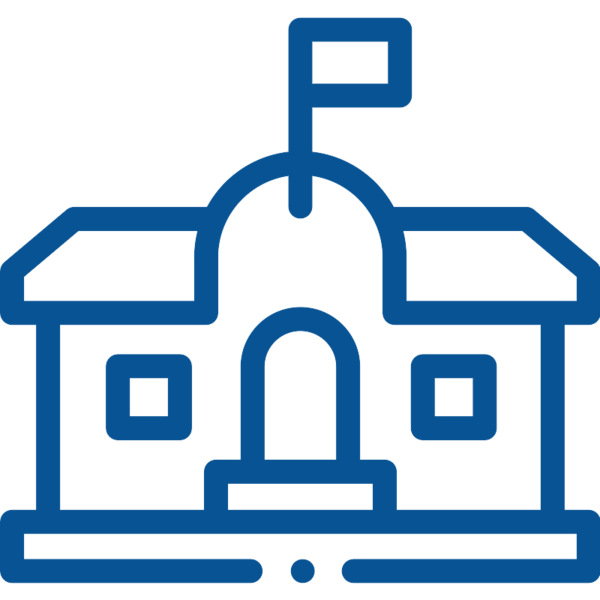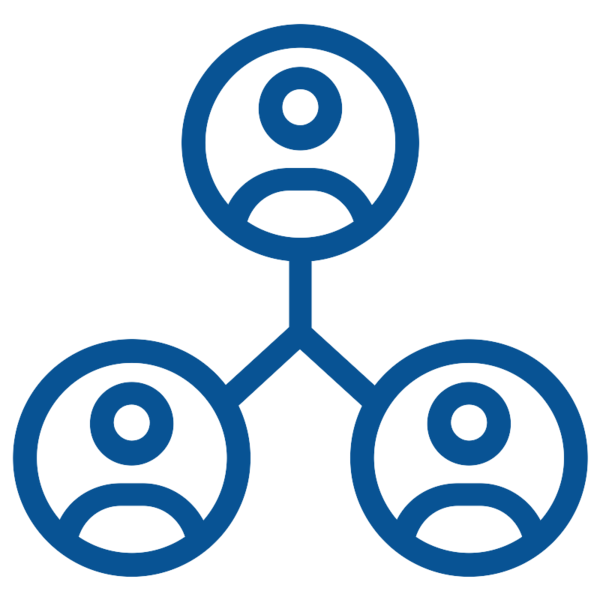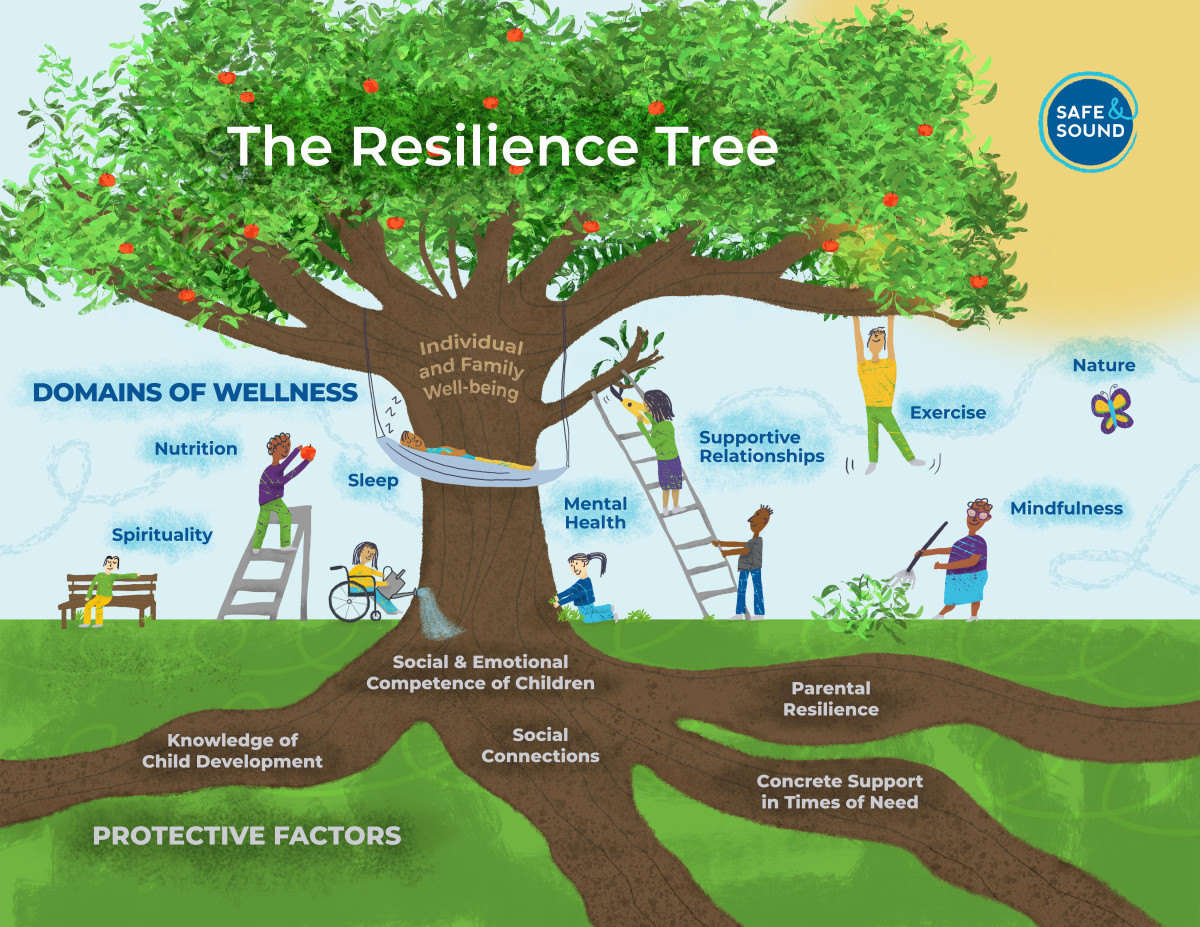Research on child abuse and neglect has historically focused on an individual’s or family’s risk and protective factors. Cost factors are another lens through which to examine the impact on communities. Below, we share the Community Conditions and Risk Factors that can help or harm communities, as well as the individual Protective Factors and Domains of Wellness that Safe & Sound and our partners use every day to help nurture families’ inherent strengths.
Community Conditions form the backbone of a prevention strategy. They create positive community change, establishing the foundation for a child and family well-being system. Research from the Center for the Study of Social Policy suggests that the following Community Conditions nurture strong families:
Communities that provide a mix of these factors can support the development of strong families and keep children safe and thriving. Every community has protective factors, and every family has unique strengths. When these factors work in concert, we create safe environments for children to grow and reach their full potential.
Poverty is one of the highest predictors for child welfare involvement, particularly neglect. A community’s ability to reduce barriers and increase access to housing, healthcare, food security, legal support, education, livable wage employment, and high-quality child care dramatically prevents neglect.


Cohesive and connected communities provide a foundation of support for families. Community institutions like schools, churches, community centers, and family resource centers are an essential basis for social support. If these institutions are effective and accessible to all, they contribute to forming critical parent and family social connections, which prevent child abuse and neglect. Moreover, those communities that normalize help-seeking, acknowledge parenting is hard, and are willing to address the stigma of child abuse and neglect create conditions that prevent child abuse and neglect.
Policies driven by community necessity and collaborative partnerships provide a solid foundation for strengthening families. A functioning social contract promotes positive social norms about parenting and advances restorative justice practices. Strong communities also have well-functioning response systems so that when abuse and neglect do occur, appropriate intervention programs, like Safe Care, can help prevent further harm.


Communities engaged in addressing the policies and practices that contribute to racial and social injustice provide a roadmap to improving outcomes for children and families. Increasing access and addressing bias throughout the system promotes racial equity.
Racial disproportionality in the child welfare system stems from multiple, complex factors. Not only has structural racism resulted in economic inequality, discrimination, and lack of access to supportive resources for Black, Native American, and Latino communities, but these communities are also subject to implicit and explicit biases, resulting in higher rates of reporting abuse and neglect as well as increased rates of child welfare intervention. Initiatives that promote racial equity are critical in their own right and promote the other Community Protective Factors listed here.
In addition to community conditions that directly support children and families, parents and caregivers must have access to resources that will help them strengthen their individual protective factors. These include parental resilience, social connections, parenting and child development knowledge, concrete support in times of need, and children’s social and emotional competence. Research shows that concrete financial support reduces neglect and increases a family’s access to vital basic needs.
Please see CSSP’s issue brief on Community Conditions for additional detail.

We need to invest in building robust and connected Community Conditions because there co-exists a variety of factors that place children and their families at greater risk for abuse and neglect. Some of these factors that are endemic to California communities are:
Institutional racism and systemic oppression over generations have disproportionately impacted families of color, significantly contributing to the inequity of child abuse and neglect rates along racial and ethnic lines in California. Rates of substantiation are significantly higher among Black and Native American children than White and Asian children. Rates of substantiation among Latinx families are also somewhat higher than their population percentage.
Racial disproportionality in the child welfare system is integrally linked to institutional and structural racism. Structural racism has resulted in higher levels of poverty, discrimination, and lack of access to supportive resources for Black, Native American, and Latino communities as well as implicit and explicit biases, resulting in disproportionate involvement of child welfare and law enforcement in the lives of families of color. Thus, initiatives that promote racial equity are critical and promote the other Community Protective Factors listed here.
Poverty does not impact equally. It is more prevalent if you are young, old, disabled, and/or a non-white ethnicity. In this brief description, the intersections of inequality become even more apparent. The table below shows the alarming increase in poverty in contrast with the wealthiest 1% in California’s bar graph. The relationship between poverty and the increased stressors accelerate the underlying factors of child maltreatment.
Evidence shows a dramatic increase in neglect and abuse when there is parental unemployment. When a parent experiences unemployment, children in the home have up to an 82% increased risk of maltreatment.
With housing costs in California double the national average, Californians spend a disproportionate amount of their income on housing. California lost over 20,000 affordable rental units from 1997-2021—most of which were owned by for-profit entities.
Homelessness is a major driver of temporary family separation, increasing family stress and the number of caregivers in a child’s life. The US Department of Housing and Urban Development conducted a count of homeless families in 2024 and found that more than 16,000 family members were homeless in shelters around the state. Among U.S. States, California has the second highest number of people in families experiencing homelessness, second only to New York State.
Compared to other states where family homelessness is a challenge, homeless families in California are more likely to be unsheltered – that is, on the street, in cars or abandoned buildings, or in other places not suitable for human habitation. In 2024, five out of the top ten cities with the highest percentages of homelessness were in California.
Across the state, families exposed to a culture of violence often experience trauma, strain, and fear, all of which increase the likelihood of child abuse and neglect. And while overall crime rates have fallen in large parts of the state, a few California communities remain among the most violent in the country. In 2022, nearly 7,000 violent deaths occurred in California, with 51% involving firearms (1,673 suicides and 1,647 homicides). Firearms made up 73% of homicides and 39% of suicides in 2021.
Non-fatal firearm assaults are more common than deaths, leading to over 30,000 hospitalizations and 160,000 emergency visits in 2022. Gun violence has wide-ranging effects on public health, causing injury, disability, trauma, and economic instability, particularly in communities of color, where poverty and inequities are worsened.
Families with problematic alcohol or drug use often experience trauma, strain, and fear. Multiple studies indicate there is an increased risk of child maltreatment when parents use opioids, which is similar to other substance abuse. A critical difference with opioid abuse is the length of time in the child protective services system. Close to seven thousand people have died by opioid overdose in California
Research indicates that social isolation increases child maltreatment. This increase relates to a mother’s feelings of isolation and distress. Researchers also found in longitudinal studies that social isolation and child maltreatment increased midlife cognitive malfunction.
Another significant factor impacting feelings of isolation is the age of the child. Infancy and toddlerhood bring specific stressors into a family’s life. A survey conducted in California in 2024 found that 67% of parents with very young children experienced emotional distress, including stress, anxiety, and depression.
Every individual and family has inherent strengths and abilities to connect to resources, relationships, and supports within their community. Protective Factors—developed by the Center for Social Policy—focus on building individual and family strengths to mobilize internal and external resources and opportunities. Protective Factors are characteristics or strengths of individuals, families, communities, or societies that mitigate risks and promote positive well-being and healthy development. Safe & Sound has used this framework to support our prevention work since 2013.
The five Protective Factors that strengthen families and thereby minimize the occurrence of child abuse and neglect are:
As families build these Protective Factors they increase their ability to stay strong during life’s challenges. A crisis that may have previously torn them apart—job loss, child illness, family disagreements—can become a manageable obstacle when Protective Factors are enhanced, supported, and applied.
While Protective Factors build the family system and the environment that a family lives in, the Domains of Wellness address a different facet of prevention – treating toxic stress. Toxic stress hinders every part of a body’s functions, making life harder for both children and their families.
The Domains of Wellness are evidence-based skills and behaviors that have been shown to address toxic stress. They do this by reducing stress hormones and inflammation, enhancing neuroplasticity, and improving overall health and well-being.
The Domains of Wellness are as follows:
The five Protective Factors and their companion Domains of Wellness are woven throughout Safe & Sound’s work with families and children to support resilience and well-being. We assist families in building Protective Factors that enhance their strengths. The Domains of Wellness are daily practices that help decrease the impact of persistent stress. When used together, these two approaches improve resiliency for each individual, and therefore the family overall.
